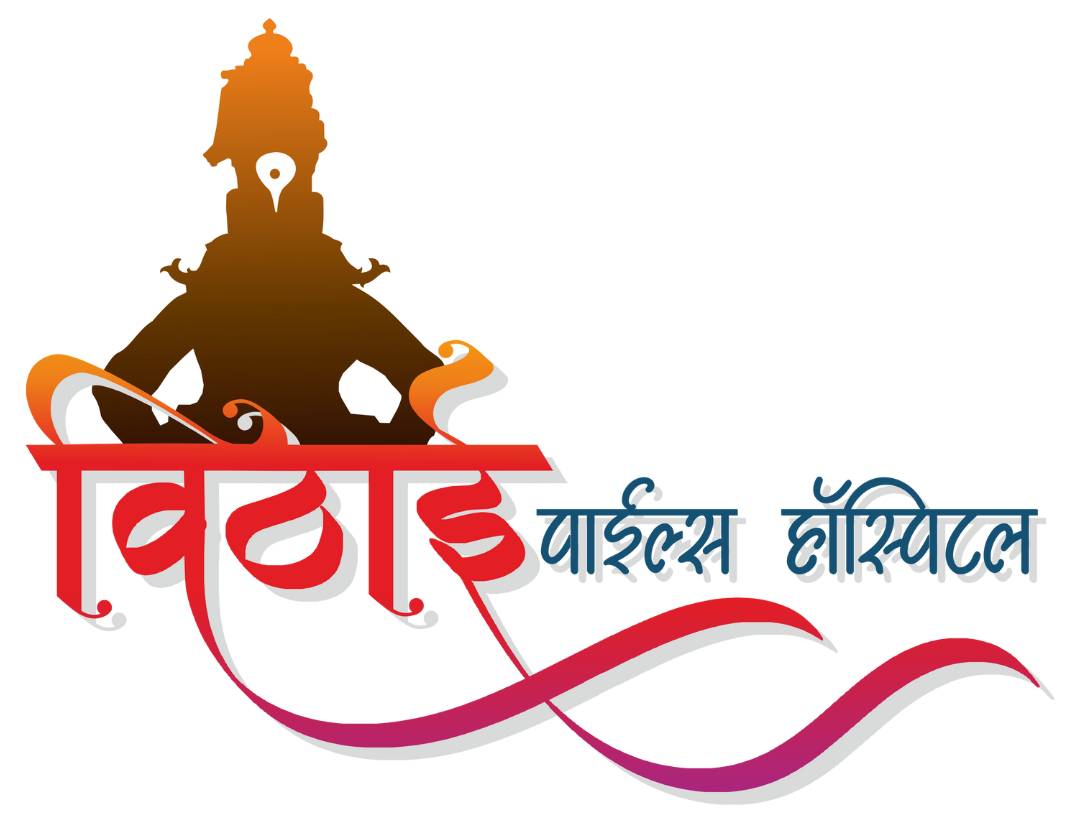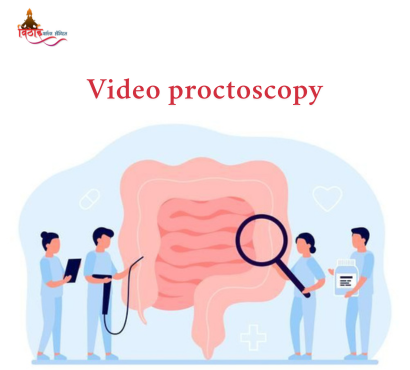Rectal and anal problems can be uncomfortable to discuss, but they are extremely common. Conditions like piles (hemorrhoids), fissures, fistulas, rectal polyps, and unexplained rectal bleeding affect millions of people in India. Accurate diagnosis is the first and most important step toward effective treatment. Traditionally, doctors relied on manual rectal examination and rigid proctoscopy. However, with advancements in medical technology, Video Proctoscopy has become the gold standard for evaluating rectal conditions.
This modern diagnostic procedure offers greater clarity, precision, and patient comfort compared to traditional methods. In this blog, we will explore what video proctoscopy is, how it works, its advantages, what to expect during the procedure, and why it is becoming an essential tool in proctology practices across India.
What is Video Proctoscopy?
Video proctoscopy is a minimally invasive diagnostic procedure that uses a small, high-resolution video camera attached to a proctoscope (a thin, tube-like instrument) to examine the inside of the anal canal and rectum. The camera transmits live images onto a monitor, allowing both the doctor and the patient (if required) to view the condition in real time.
Unlike traditional proctoscopy, where doctors relied on direct vision through the device, video proctoscopy ensures:
- Clearer visualization of the anal canal and rectum
- Better accuracy in detecting abnormalities
- Enhanced patient understanding of their condition
Why is Video Proctoscopy Done?
Doctors recommend video proctoscopy for a variety of conditions, especially when a patient presents with:
- Rectal bleeding (common in piles, fissures, or polyps)
- Persistent anal pain or discomfort
- Suspicion of piles (hemorrhoids)
- Anal fissures or fistulas
- Chronic constipation or straining
- Mucus discharge from the rectum
- Unexplained changes in bowel habits
- Screening for rectal growths or polyps
Early detection of these problems ensures timely treatment and prevents progression to more severe conditions.
Proctology is a specialized branch of general surgery focused on diagnosing and treating conditions of the rectum, anus, and surrounding tissues. The word ‘procto’ refers to the rectum, and proctology addresses diseases associated with this part of the body.
Management of these diseases often requires specialized equipment and dedicated hospital setups. Proctology specialist hospitals are equipped to provide advanced diagnostic, treatment, and pain management solutions with an emphasis on patient comfort. For women experiencing such conditions, these hospitals offer a private and supportive environment for examination and care. Pregnancy-related anorectal issues require individualized attention, as the underlying pathology can differ from typical cases.
The Procedure: What Patients Can Expect
Many people hesitate to undergo rectal examinations because they worry about discomfort or embarrassment. Video proctoscopy, however, is designed with patient comfort in mind. Here’s how it is typically done:
1. Preparation
- In most cases, no special preparation is required.
- Sometimes, a mild enema may be advised to clear the rectum for a better view.
2. Positioning
- The patient usually lies on their side with knees bent (left lateral position).
- This position provides easy access and comfort.
3. Insertion of the Proctoscope
- The lubricated proctoscope with a video camera is gently inserted into the anal canal.
- The procedure is generally painless and takes only a few minutes.
4. Visualization
- Live images are projected onto a screen, allowing the doctor to carefully examine the lining of the rectum and anal canal.
- Abnormalities such as piles, fissures, polyps, or tumors can be clearly identified.
5. After the Procedure
- The patient can return home immediately.
- No anesthesia or sedation is required in most cases.
Benefits of Video Proctoscopy Over Traditional Methods
| Feature | Traditional Proctoscopy | Video Proctoscopy |
| Visualization | Limited to doctor’s eye view | High-resolution video on screen |
| Patient Involvement | Patient cannot see | Patient can view condition live |
| Accuracy | May miss small lesions | Clear, magnified images for precise diagnosis |
| Comfort | Sometimes uncomfortable | Quick, smooth, less discomfort |
| Documentation | No recording possible | Images/video can be stored for future reference |
Advantages for Patients
- Clarity & Transparency: Patients can see the actual problem on the monitor, improving understanding.
- Accurate Diagnosis: Even minor abnormalities can be detected early.
- No Guesswork: Unlike traditional methods, video proctoscopy provides visual proof.
- Confidence in Treatment: Patients trust the diagnosis more when they can visualize their condition.
- Better Communication: Doctors can explain treatment options clearly using video evidence.
Conditions Diagnosed with Video Proctoscopy
Video proctoscopy is useful in diagnosing:
- Piles (Hemorrhoids): Swollen veins inside or around the rectum
- Anal Fissures: Small tears in the anal lining causing pain and bleeding
- Fistulas: Abnormal connections between the anal canal and surrounding tissues
- Rectal Polyps: Abnormal growths that may sometimes turn cancerous
- Rectal Cancer (Early Signs): Helps in early suspicion and referral
- Inflammatory Conditions: Proctitis, ulcerations, or infections
Patient Experience: Removing Fear and Stigma
Traditionally, many patients avoided rectal examinations due to embarrassment. However, video proctoscopy has changed the perception:
- The procedure is quick and minimally invasive.
- Patients feel reassured when they can see the problem clearly.
- Many people report that after undergoing video proctoscopy, they feel more confident in taking the right treatment decision.
- Video proctoscopy is a game-changer in proctology. Unlike traditional methods where the doctor is the only one who can visualize the condition, here, the patient too can see the exact problem on the screen. This transparency builds trust and ensures that treatment decisions are clear, precise, and well-accepted.
Proctologists and dedicated proctology hospitals excel in handling these conditions with expertise and compassion. Additionally, these specialty hospitals are recognized by all major medical insurance companies, ensuring smooth coverage for patients.
Vitthal Piles Hospital, located in PCMC Pune, operates three branches. The hospital is highly appreciated by patients who have received care here. Dr. Sarita Patil (lady proctologist) and Dr. Atul Patil is the specialist piles surgeon available.
You can consult them at branches in Baner, Ravet, Pimple Saudagar, Moshi, Chikhali, Nigdi, and Pimpri Chinchwad.
For more information, call 9405659585.
Treatment After Video Proctoscopy
Video proctoscopy is purely a diagnostic tool. Once the doctor identifies the problem, the treatment may involve:
- Lifestyle and dietary changes (for mild piles or constipation-related issues)
- Medications (pain relievers, stool softeners, topical ointments)
- Minimally invasive procedures (rubber band ligation, laser surgery, stapler surgery for piles)
- Surgical treatments (for fistulas, large polyps, or advanced piles)
Thus, video proctoscopy serves as the first step toward effective management of rectal conditions.
FAQ
1. Is video proctoscopy painful?
No, the procedure is generally painless. Patients may feel mild pressure during insertion, but it lasts only a few minutes and does not require anesthesia.
2. How is video proctoscopy better than traditional proctoscopy?
Video proctoscopy provides a clearer, magnified view on a screen, ensures accurate diagnosis, and allows patients to see their condition, unlike traditional methods where only the doctor could visualize it.
3. Who should undergo video proctoscopy?
Anyone experiencing rectal bleeding, pain, discharge, or suspicion of piles, fissures, or fistulas should consult a proctologist, who may recommend video proctoscopy for accurate diagnosis.

